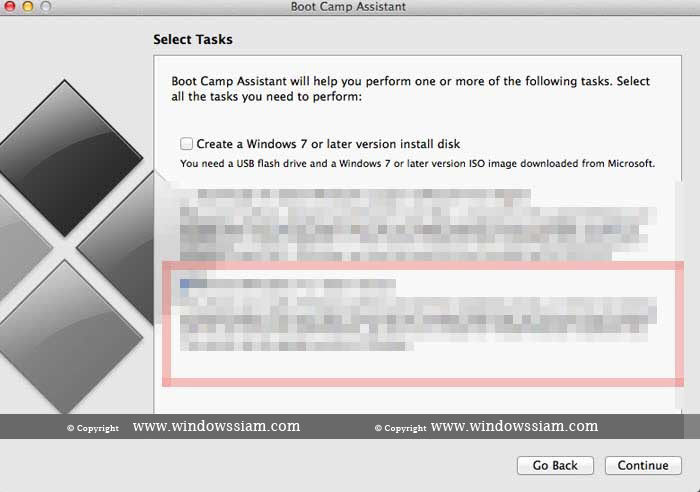

- #Macbook copy cd to iso how to
- #Macbook copy cd to iso software
- #Macbook copy cd to iso iso
- #Macbook copy cd to iso download

#Macbook copy cd to iso iso
#Macbook copy cd to iso download
#Macbook copy cd to iso how to
This document will cover How to use a downloaded ISO image and methods for rendering an.
#Macbook copy cd to iso software
Besides the bootable OS, the CD will also hold the various software applications like many Seagate utilities that are downloadable in. Once the ISO file is burned as an image, then the new CD is a clone of the original and bootable. Most CD-ROM burning applications recognize this type of image file. Instead, the preferred method is to create a single file, an image of a bootable CD, called an ISO image. Just copying files to a CD will not work because the CD will need a master boot record and other hidden Startup operating system files.

Just like the old boot floppy diskettes, CD or DVD-ROM discs can boot to a DOS or other operating systems. iso files are only readable but not writeable, and if one month later you issue a dd command that might overwrite an existing file, it actually will come back with a "Permission denied" error so that you won't overwrite that existing file.This document will cover How to use a bootable ISO image downloaded and methods for rendering an. In addition, since dd can overwrite any existing file, so you might want to do chmod 444 *.iso so that all. diskutil eject /dev/disk1 is to eject the disc for some optical drive that won't let you eject manually but requires OS X to eject the disc.It will take a while and you will see the optical drive's light blinking, if the drive has such a light. dd if=/dev/disk1 of=DiscImage01.iso is to create the ISO image in your current directory (which is your home directory if you just started the Terminal app without doing any cd command).use diskutil unmount /dev/disk1 to unmount the drive, and this command doesn't require a sudo and therefore doesn't need the administrator's password.The command will show the name, as well as the size of the disc, and it should be typically 4GB to 8.5GB. It might be /dev/disk1 or /dev/disk2, etc, depending on whether you have other drives, such as USB flash drive or SD card. diskutil list is to see which drive the optical drive is.(or go to Finder and use Applications -> Utilities -> Terminal). In Spotlight, type in Terminal and you will see the app for the UNIX console.I have found that dd produces the same ISO image as some tools on the PC, so I have been using dd, and below is a quick list of commands: However, it will not preserve the DVD menus, and if you want to burn a DVD that you can play on a standard DVD player then you would have to convert it back to MPEG-2. This will save you a lot of disk space compared to storing the MPEG-2 content that is used on DVD-Video discs. (Only a PowerPC version is listed.)įor storing on your hard drive you might find it more useful to transcode the content to unencrypted H.264 using Handbrake. If you want a program that will copy the disc to the hard drive and also remove the copy protection so that you can burn it to a new unprotected disc, MacTheRipper will do that, but it looks like it hasn't been updated in a while. Nevertheless, you can play it using a program like VLC which doesn't need the keys, since it is able to circumvent the encryption. So if you burn a new disc with this image it will not play on a standard DVD player. But if the disc is copy protected, it contains decryption keys in the lead-in area of the disc which cannot be read directly, and are not part of the ISO image. As mentioned in other answers you can use Disk Utility or dd to create an ISO image of the original disc.


 0 kommentar(er)
0 kommentar(er)
